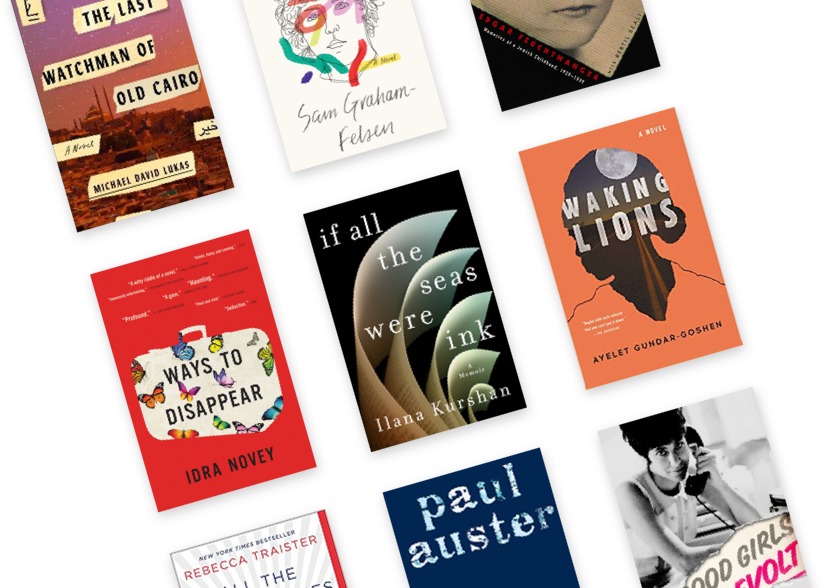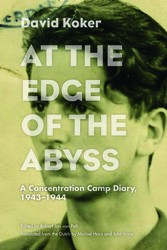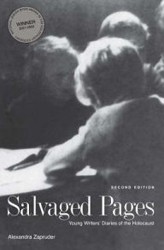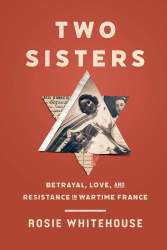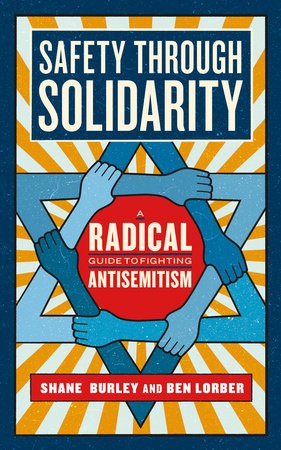Ninette Dreyfus was born into an haute juiverie Parisian family. Her mother, Yvonne, was an heiress and her father, Edgar, was an executive banker and an officer in the Legion de Honneur. They lived in a grand town house, previously owned by Claude Debussy, in the fashionable 16th arrondissement. Ninette and her older sister, Viviane, were provided with everything from private schools to ballet and riding lessons.
Could the family’s wealth and elite status protect them from the horrors of the Holocaust? Yes and no. Author John Jay, a former editor of the London Sunday Times, follows their wartime experiences through Ninette’s diary, written from 1939 to 1951. Its pages detail her enjoyable life in Paris, then in exile in Vichy France in Marseilles and Cannes, and Madrid. The war and the Nazi occupation are very distant through the eyes of this young teenager.
Fortunately, Jay doesn’t rely solely on Ninette’s diaries and memories to document the widely varying destinies of French Jews during WWII. Through extensive research that included other contemporaneous memoirs — including that of Ninette’s sister — Jay documents the buildup of anti-Jewish laws and policies in France, the German and Italian occupations of Vichy France, and the fate of families not so fortunate as the Dreyfuses.
Like other old French families, the Dreyfuses thought themselves safe in the Non-Occupied Zone until a “legislative tsunami” against Jews expropriated their property and severely restricted their professions and activities. The new laws also unleashed a wave of vicious antisemitism; the girls were insulted and spat on at school, books were burned, and synagogues were desecrated and bombed. When Nazi officials “sought to decapitate French Jewry by seizing the wealthiest, most prominent Jews,” Ninette’s relatives who remained in Paris endured a reign of terror. The round-up included Ninette’s cousin Andre, a Croix de Guerre and Legion d’Honneur holder, who was arrested at a reunion dinner for First World War wounded. This was a shock to the family.
With the May 1942 edict demanding Jews wear the yellow star, any notion that old French families might be spared antisemitism was gone. Many Jews were sent to Drancy, where they were met by a scene described by one relative as “harrowing and hallucinatory.” From Drancy, tens of thousands of Jews were sent to Auschwitz and other concentration camps. As the noose tightened, Edgar made the decision that the family would flee to Spain, where he had generous, wealthy contacts who sheltered them. With forged papers and the help of skilled passeurs (those who helped smuggle people across borders), the family crossed the Pyrenees (described in harrowing detail in Viviane’s later memoir) and safely arrived in Madrid. Again Ninette’s diary reflects her world of privilege. She writes of their stay in an elegant country mansion where she swam, sailed, and partied with new friends. “Madrid was the most exciting place in the world in 1944,” she gushes. “It made Rick’s café in Casablanca look boring.”
Though Ninette maintained her innocence, the war had created divisions so deep they could never be healed. Jay writes, “Some friends had been gassed at Auschwitz, some had been resistants, some had been Vichyssois persecutors.” Ninette’s diary reveals how well her father had insulated her from the terrors of the war; “yet she could only imagine how he had suffered.”
Elaine Elinson is coauthor of the award-winning Wherever There’s a Fight: How Runaway Slaves, Suffragists, Immigrants, Strikers, and Poets Shaped Civil Liberties in California.

